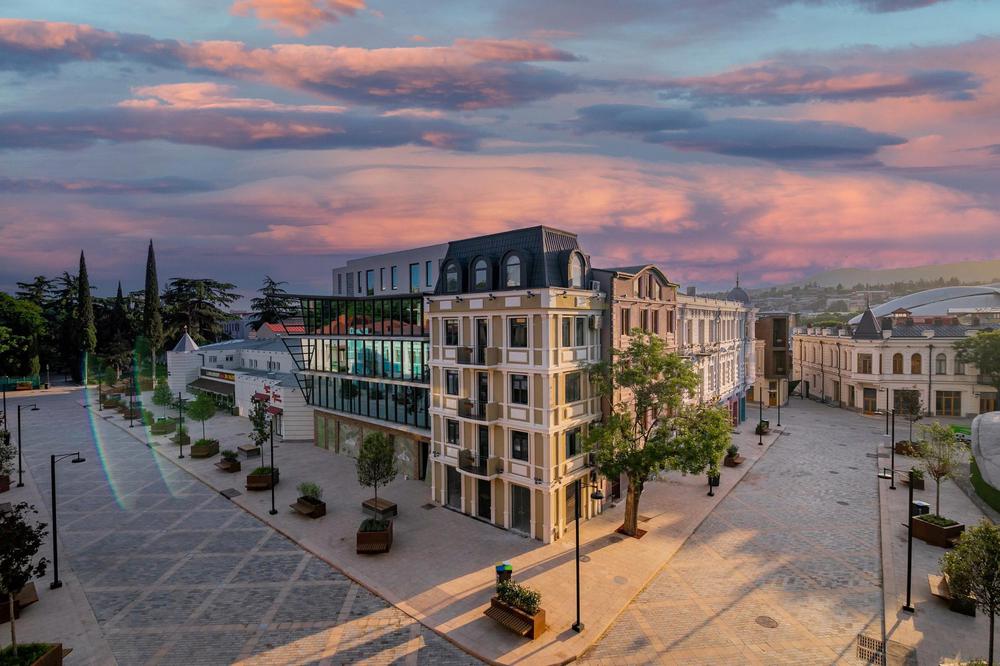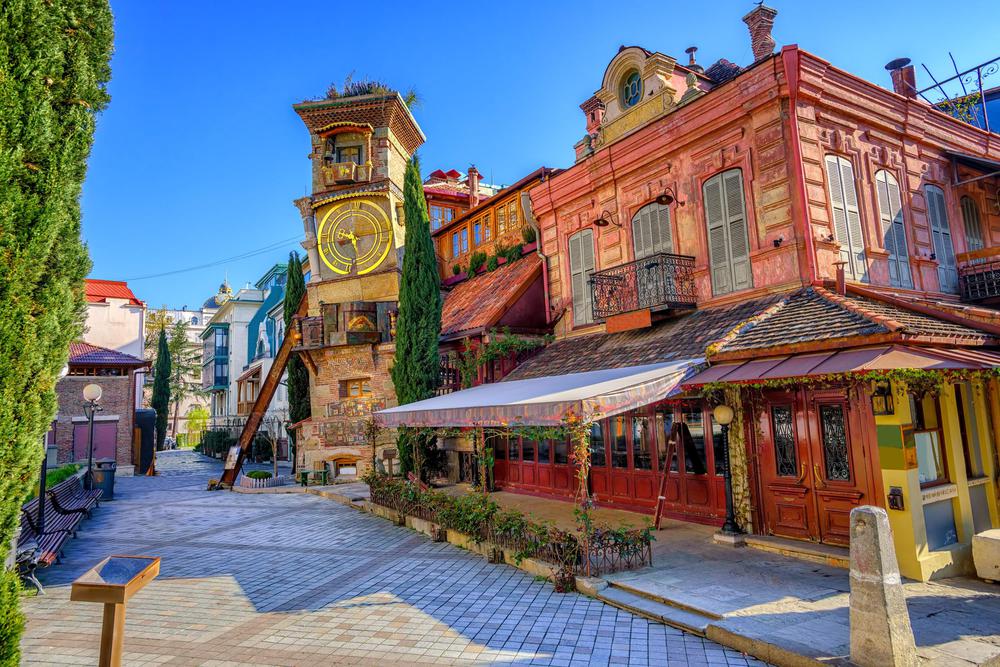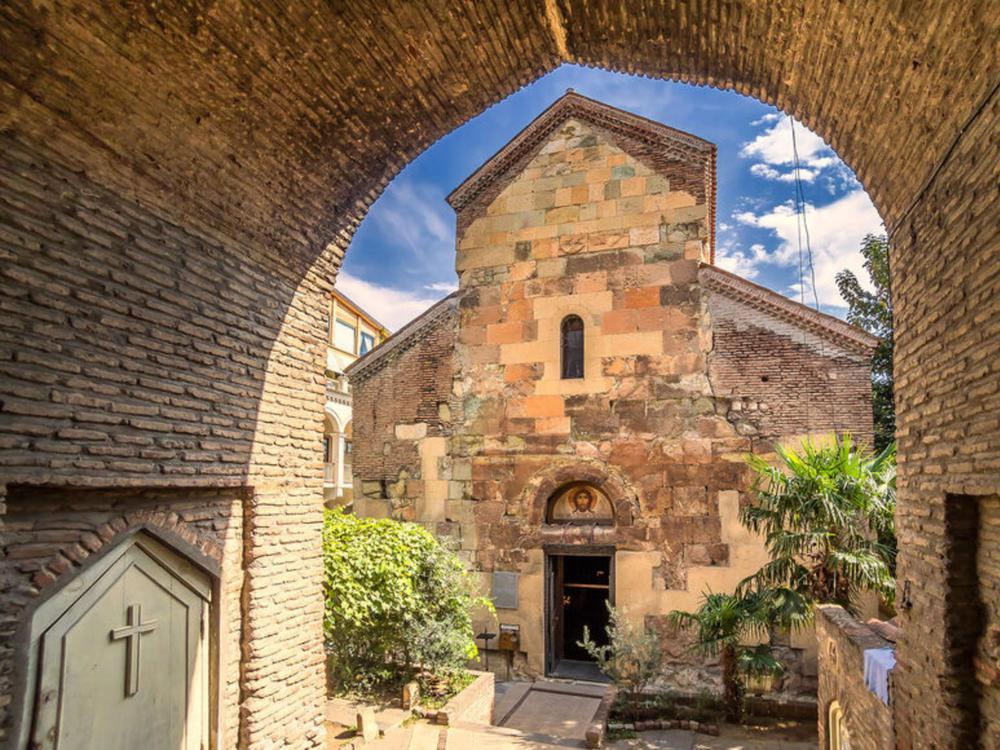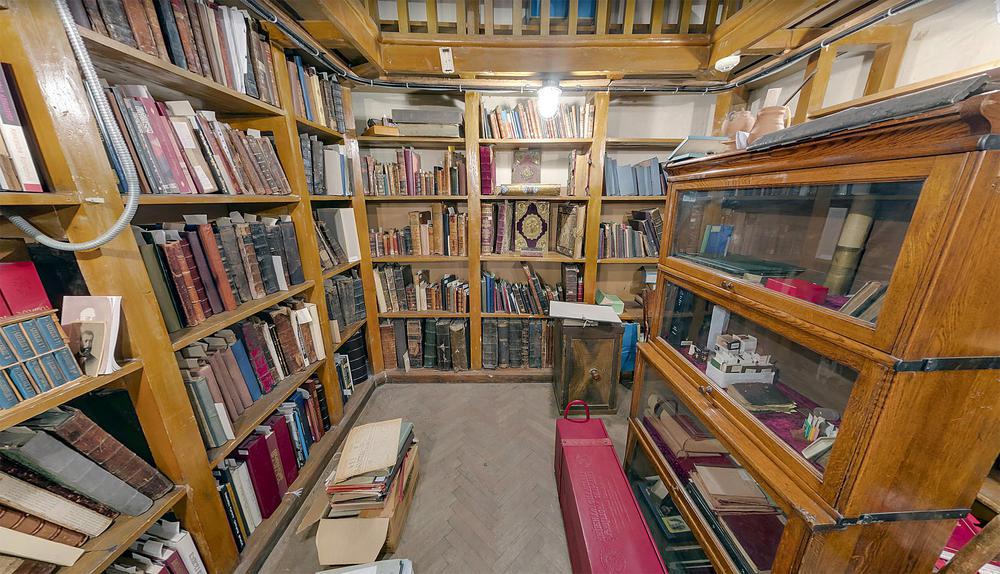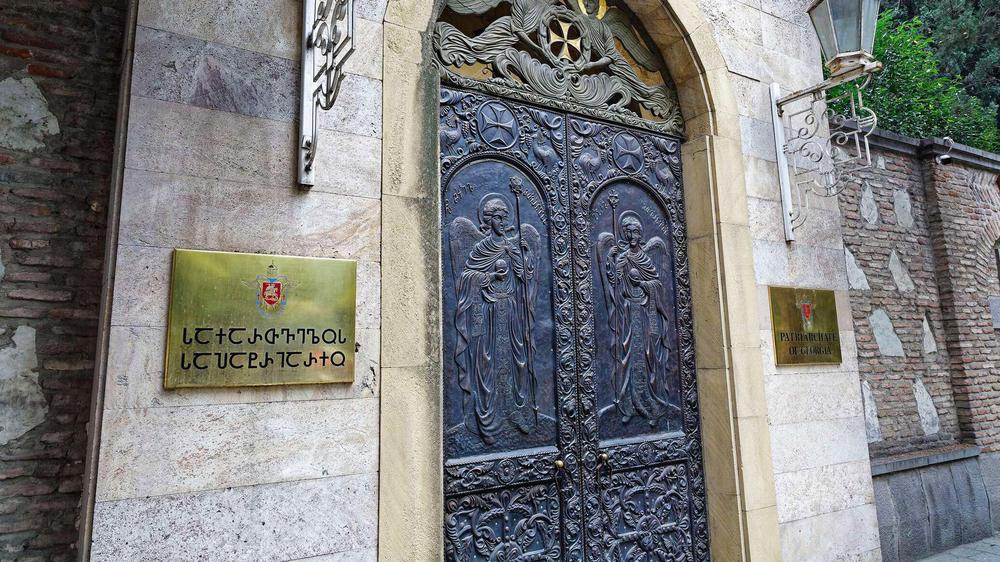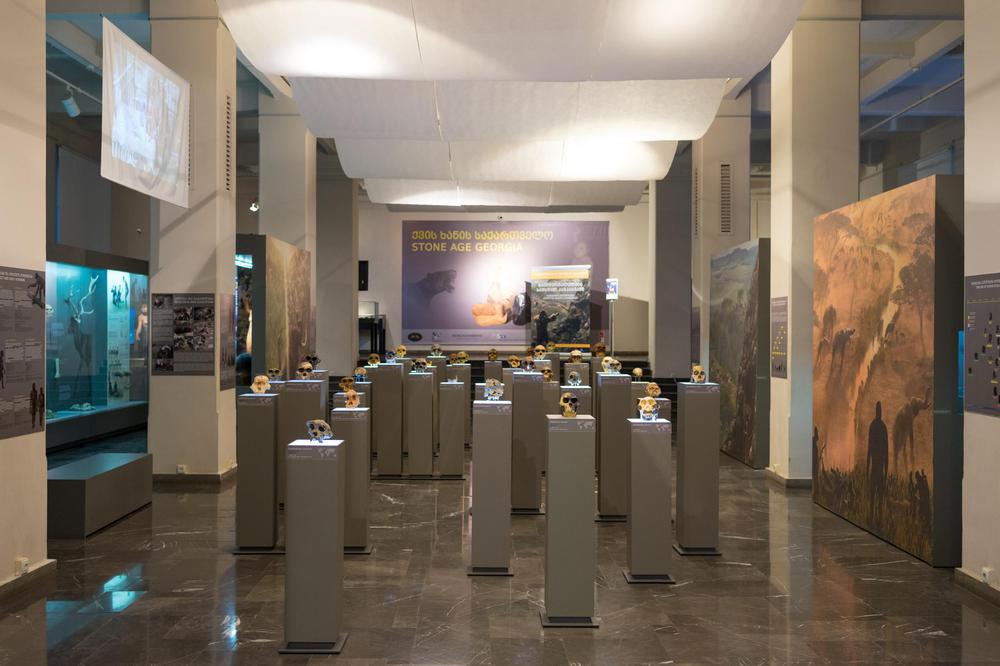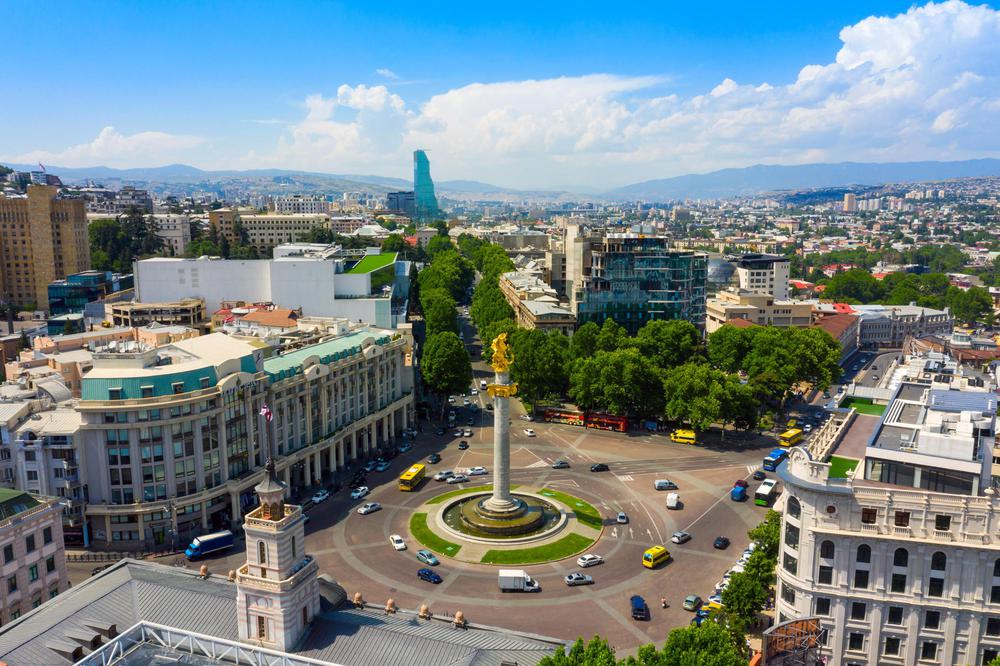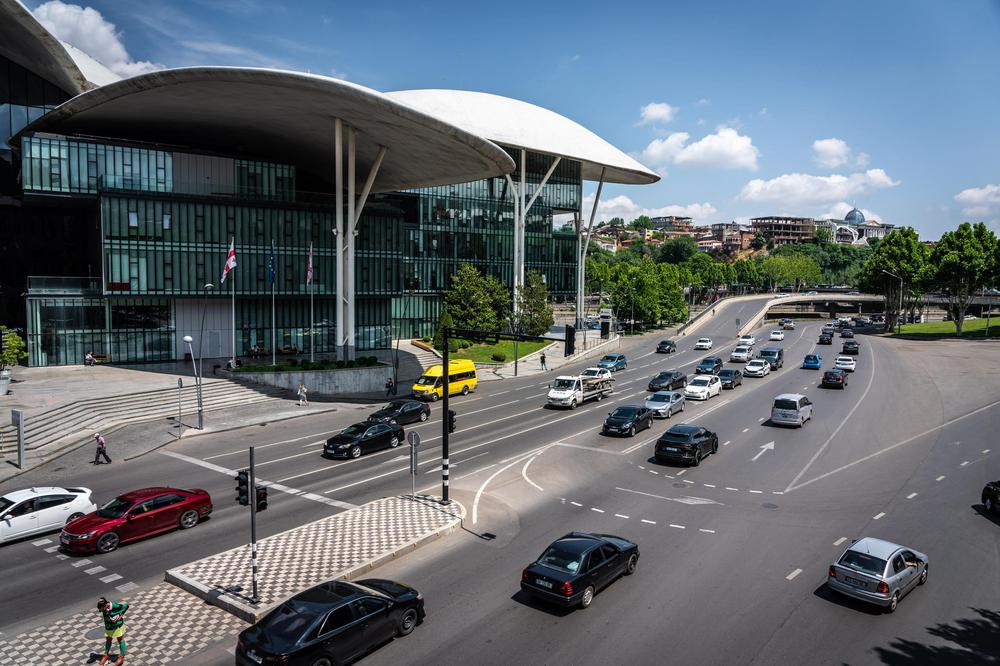Tbilisi City Wall, veiled beneath the bustling streets of the city, stands as a silent observer to Georgia's vivid past. Pushkin Street, radiating out from Freedom Square and named after renowned Russian poet Alexander Pushkin, conceals a part of this historical marvel. In 2012, during a refurbishment process, an unexpected discovery brought the city's fortified wall, dating back to the 12th and 13th centuries, back into the light.
Several tower remnants were unearthed alongside this 110-meter (about 361 feet) long wall fragment. Georgia's notable cartographer, Vakhushti Bagrationi Batonishvili, captured the essence of these formidable walls in an atlas in 1735. These walls, with their multiple layers, echo the tumultuous history of Tbilisi. Each layer represents the city's resilience, having risen from the ashes after repeated invasions and destruction.
The Russian Empire's annexation in 1801 marked a significant turn in the wall's history, causing substantial destruction. The wall sections that survived were buried under the burgeoning city's infrastructure, hidden beneath the newly constructed roads and buildings.
During the 2012 excavation, fragments of glazed pottery from the 12th century were also found, adding another layer to the city's vibrant history. The city authorities, honoring the citizens' desire to preserve this historical site, converted the surrounding area into a pedestrian precinct adorned with walkways and bridges. This renovation allows both locals and visitors to behold a unique piece of Tbilisi's rich past.
Walking around Tbilisi's Old City, the remnants of the ancient city walls are discernible. From the original sections to the renovated ones, they each carry a distinct narrative. The Narikala fortress, constructed on the Sololaki range in the 4th century and expanded upon by the Umayyads in the 7th century and later by King David the Builder (1089-1125), is one of the most prominent features of the city walls.
The fortress endured multiple waves of destruction and reconstruction throughout the centuries. Its segments were buried during the city's expansion, giving way to the construction of new roads and buildings. Today, the wall extends from the Narikala fortress, down the slopes of Dadiani Street, to the plains. The fortification can be traced along Pushkin and Baratashvili streets, snaking through various lanes until it reaches the river.
Pushkin Street now offers a unique perspective of the wall. Unearthed in 2012 during renovations, these fragments from the 11th to 13th centuries have been carefully preserved. Residents and tourists can view these historical relics from the newly installed walkways, or get up close to observe the details of this remnant of a bygone era.
Tbilisi City Wall, a testament to the city's resilient past and vibrant history, invites visitors to wander its traces, unveiling tales of invasions, resurgence, and enduring spirit.

